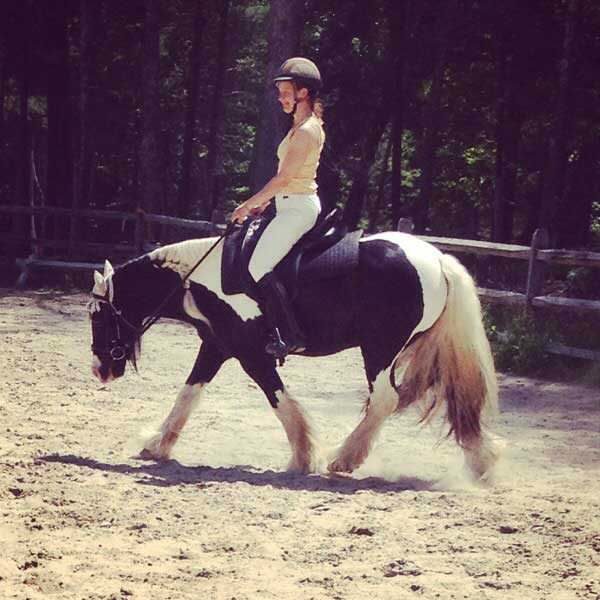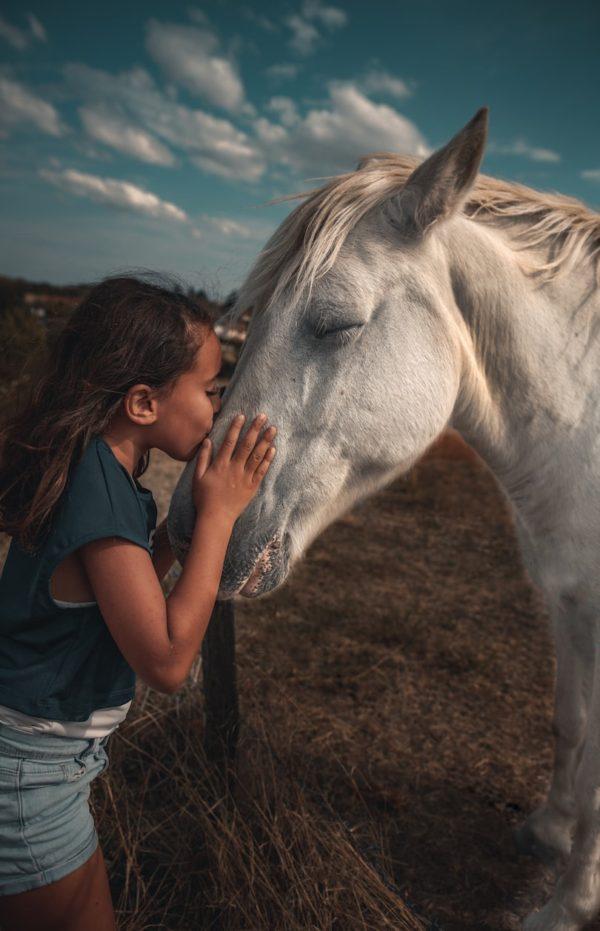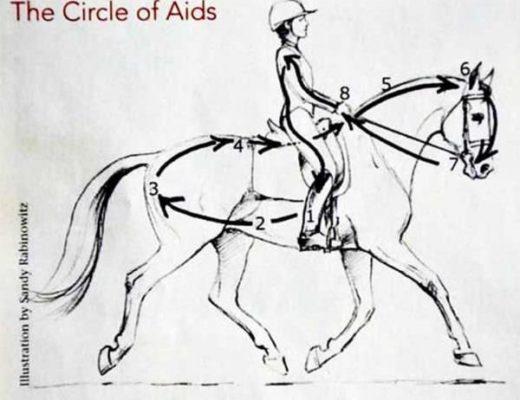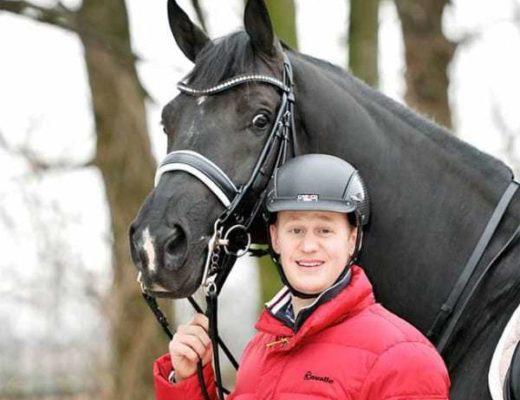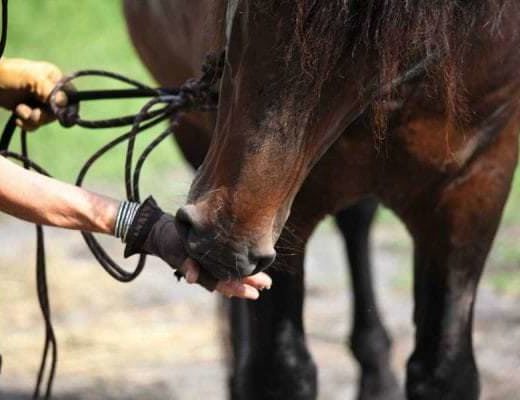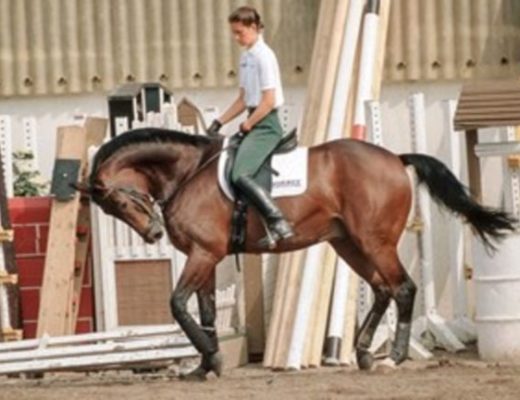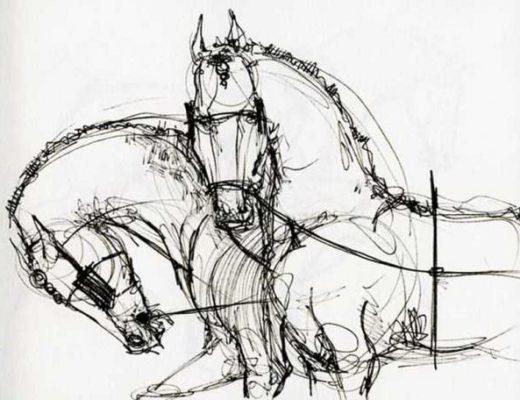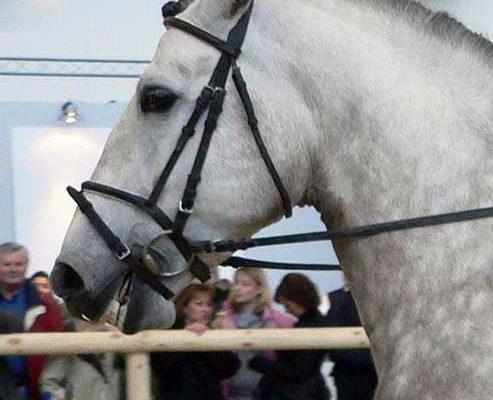It can be easy to lose balance in Dressage and end up pursuing one extreme trait of the discipline or another.
Perhaps you've been working hard to perfect your lateral work and forgot to notice your seat work has deteriorated and now you're bouncing all over the place.
Or you've been drilling every day to improve your horse's condition, over-training him and risking an injury.
Dressage = Training = Balance
Dressage is all about balance: the rider's balance in the saddle, the horse's balance beneath the rider, balance of the aids, balance of the movements.
Keep in mind that balance is the point between two extremes. It isn't always dead center, but it prevents either extreme from tipping the scale.
Dangers of Tipping the Scale in Dressage
There's always a sacrifice that comes with any extreme. If you over-train your horse you might temporarily gain condition, but at the risk of injury and even loss of energy.
So, how do we avoid obsessing over one element of Dressage and regain balance in Dressage?
1. Add Variety
Change up your routine. If you always do x, y then z at the barn, try a day of y, x then z or z, x then y.
For example, you show up at the barn, catch your horse, groom, tack, lunge, ride, turn out and leave. Try instead showing up to the barn, grooming your horse in his pasture, bringing him into the barn, tack, ride, lunge, turn out and go home.
If your ride always goes through similar patterns change that up as well.
Breaking out of your routine keeps your brain from flipping to auto-pilot, allowing you to notice when you're over-doing it in one area over another.
2. Challenge Yourself
If you tend to skate along doing what's comfortable and habitual, try some mini-challenges.
You might commit to riding for a month without stirrups, or practice riding your horse into a halt with your reins on the buckle.
3. Change of Scenery
Go riding in new places and spaces.
Riding indoors most of the time? Go take a ride outdoors, even if it's just a quick hack around the pasture.
Trailer your horse to a friends and ride together in a new environment. This can also help reveal holes in your horse's training.
4. Take a Class
It doesn't have to be a Dressage related class, or even a horse class.
A new class can help you see new connections in your riding and training. The best way to see the bigger picture is to learn a new skill. How can you apply this new skill to Dressage?
5. Behavior vs. Goal
Our focus may have developed originally because we had a goal. “I want my horse to carry himself in a round frame,” so we overuse the hand and always look down at his head thinking, “round, round, round” the whole ride, unintentionally.
Don't focus on a goal right now, instead focus on your behavior. If you want to achieve a goal it depends on external factors outside of your control, like your horse or the weather or family or your trainer, etc.
But what you can immediately control is your own behavior necessary to get closer to that goal.
If you have a goal of working a particularly sensitive horse to become more calm so you can compete with them think about what behaviors you have that need to be adjusted for this particular horse to begin trusting you and feel more calm and relaxed in strange environments.
